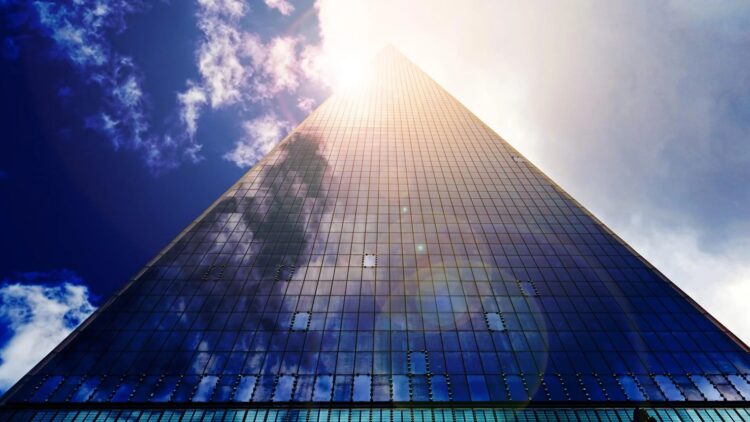China is at the forefront of a revolutionary innovation that could reshape both urban architecture and energy consumption. Researchers from multiple esteemed institutions have developed a dynamic vertical photovoltaic integrated building envelope (dvPVBE) system, one that’s designed for high-rise city buildings with glazed facades.
Not only does this solution elevate the aesthetic appeal of skyscrapers, but it also dramatically improves their energy efficiency and lowers carbon emissions.
How China is addressing energy conflicts in urban environments
Modern architecture frequently grapples with the inherent conflict between aesthetic appeal and energy efficiency, especially in buildings with large glass facades. The dvPVBE system tackles this issue by providing a solution that merges architectural beauty with functionality.
The system integrates photovoltaic (PV) blinds that are capable of regulating thermal load, daylight penetration, and energy production.
Its customizable nature guarantees that skyscrapers can contribute positively to the environment while also serving as visually striking landmarks.
The research team, comprising experts from Shenzhen University, Tsinghua University, and the Chinese Academy of Sciences, has highlighted the necessity of creating a system that not only generates clean energy but also improves the internal climate of buildings. The dvPVBE offers a new approach to urban design, transforming high-rise structures into effective energy producers.
What makes these PV blinds tick?
Unlike traditional static systems, these blinds are equipped with adjustable, motorized aluminum slats that can be controlled manually or automatically through three distinct strategies: power generation priority, natural daylight priority, and energy-saving priority.
Users can tilt the slats between 0 and 90 degrees, thus mimicking the sun’s trajectory throughout the day. This allows for optimal energy production and natural light utilization while reducing the need for artificial lighting and air conditioning.
Additionally, the system can dynamically adjust based on real-time environmental conditions, reducing the carbon footprint of urban buildings.
The flexibility of these slat angles allows the system to maximize energy output while ensuring comfort within the building. Simulations that were conducted for various times of the year revealed that keeping these slat angles between 45 degrees and 60 degrees maximizes both solar energy capture and natural daylight. This tailored approach maintains that building occupants can enjoy a comfortable environment without excessive energy consumption.
For example, in a simulated scenario, a 24-storey office building in Beijing demonstrated that the dvPVBE system could fulfill up to 131% of its annual energy demand. This was accomplished through precise control of slat angles, which were adjusted according to solar radiation, room occupancy, and energy consumption patterns. The results indicated an impressive 226% increase in net energy output compared to static PV blinds.
This system paves the way for a greener vision of urban living
The implications of this dvPVBE technology extend beyond individual buildings. It presents a visionary pathway for creating sustainable urban landscapes.
As cities continue to expand, the integration of solar energy solutions such as the dvPVBE into high-rise buildings can lead to the development of “vertical forests” of clean energy. This paradigm shift could change energy-guzzling structures into efficient producers of renewable energy.
The potential for widespread adoption of these PV blinds could contribute greatly to China’s (and indeed the world’s) efforts to combat climate change. By reimagining buildings as entities that interact with their environment, we can promote a green urban future.
All in all, China’s strategy for incorporating photovoltaics into building design is a game-changer in the pursuit of sustainability. The dvPVBE system not only boosts energy efficiency and aesthetic value but also sets a standard for future architectural developments. As more skyscrapers embrace this technology, the vision of a fully photovoltaic nation may soon become a reality.

